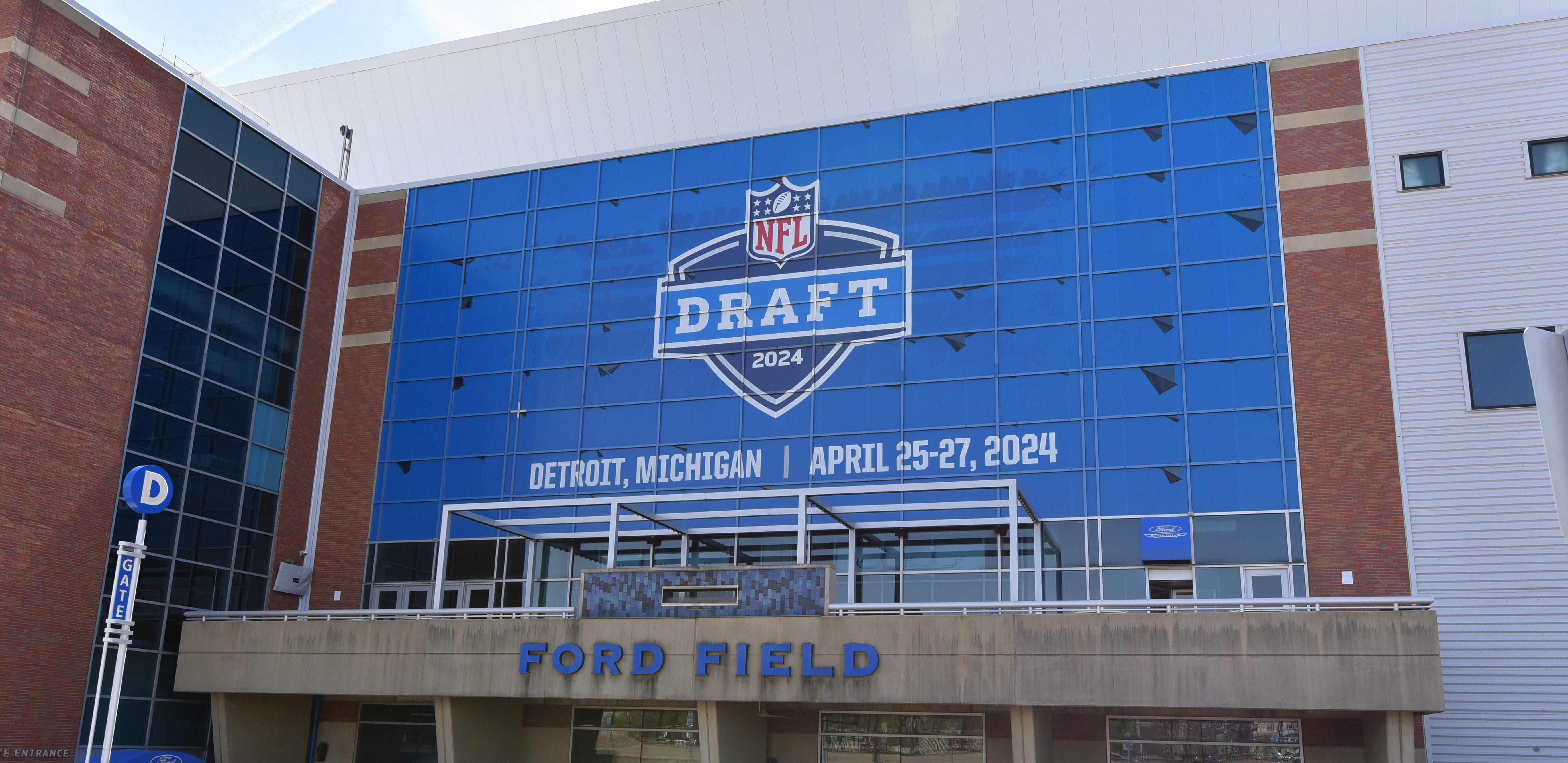Filed under: Steelers, AFC North

There's no scenario that could be drawn up where the Steelers should have won Sunday's game against the Eagles, but in the final minute, it's hard to figure out Mike Tomlin's decision-making process.
Down 15-6 with less than a minute to play, Byron Leftwich moved the Steelers into field goal range. Needing a touchdown, a successful onside kick and a field goal to win, the Steelers faced a third and one at the Eagles 13 with 1:08 to go. At that point, the Steelers' Byron Leftwich was sacked, forcing a fourth and 10 and a decision for Tomlin.
Tomlin could either send out the field goal unit, kick the field goal, line up for an onside kick and then hope for a miracle or go for it on fourth and 10 as the clock ticked down. Tomlin says he never thought about kicking the field goal.
"Absolutely not," Tomlin replied. "We did not move the ball consistently enough to say that had we kicked the field goal and got the onside kick that we could get down there again. We were down there, we were going to take our shots. Under the circumstances, based on what happened to that point, no way we're kicking a field goal down there."
That's Tomlin's logic, but it doesn't seem to make a lot of sense.
Sports
The fact that the Steelers couldn't move the ball consistently was a reason to kick the field goal. At this point in the game, the Steelers were better off relying on a fluke play to win rather than counting a successful fourth down conversion followed by a successful touchdown pass followed by a successful onside kick, another successful long pass that both gets the team into field goal range and out of bounds followed by a successful long kick.
There probably wasn't any scenario that would have given the Steelers better than a one percent chance of pulling off the combination of plays needed to win, but at that point, it's actually easier to get a fluke touchdown pass in the final seconds than it is to get a pass into field goal range and set up a game-winning field goal with no timeouts.
Let's map it out. The Steelers went for it on fourth and 10 with 37 seconds left (30 seconds ran off as the Steelers called the play on the crucial fourth down). Leftwich bounced his pass to an open Santonio Holmes. But even if Holmes had caught it, the Steelers would have been looking at needing to go another 10 yards or so with 35 seconds left on the clock (assuming Holmes could get out of bounds). If the Steelers had succeeded in scoring a touchdown, it would have had to come on one of the next two plays, just to give Pittsburgh enough time to then kick the onside kick, recover it, run a play to get the necessary 30 yards or so for a field goal, get out of bounds (because there were no time outs left) and then kick the game-winning field goal. Even if the Steelers had gotten the first down on the fourth-down attempt, they were highly likely to run out of time before ever getting close to setting up a field goal.
Now let's look at the other scenario. If the Steelers had kicked the field goal with 37 seconds on the clock (lets assume that the field goal unit would have also taken 30 seconds to get a play off if they had been ordered immediately to get out onto the field). then the Steelers would have been lining up for an onside kick with 35 seconds or so left on the clock. Assuming the Steelers could recover the onside kick, Pittsburgh would have the ball somewhere around its own 40-yard-line with more than 30 seconds to play.
That's a tough situation, but at this point, it's not much tougher than asking the team to drive 30 yards and get out of bounds with no time outs. The average heave-it-up-and-hope pass play will take under 10 seconds, so the Steelers could either try to get a short pass to cut down the distance or rely on Leftwich's impressive arm to start chucking it up from the 40. That's two or three shots at a fluke play that would turn a certain defeat into a win. And at that point with all the Steelers offensive troubles, throwing the ball up for grabs actually sounds more promising than any other scenario.
Any Steelers fan who's been around a while can remember the nightmare that was the final play of the 1995 AFC Championship game. When you throw it up like that, anything can happen. But kicking the field goal early would have given the team a better chance of at least getting to the point of having the ball with a chance for one play to win it. By going for the touchdown first, Pittsburgh put itself in a tougher position.



